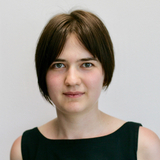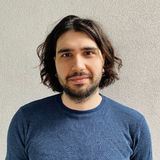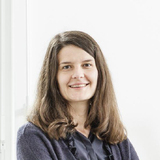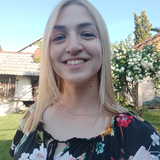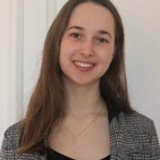Elif Karagöz
Elif Karagöz majored Molecular Biology and Genetics with a minor in Chemistry at the Middle East Technical University in Turkey. She got her Master’s degree in Molecular Biology at the Max Planck Research School in Göttingen. After completing her PhD at Utrecht University in the group of Stefan Rüdiger, she did a postdoc at Peter Walter’s lab at the University of California San Francisco.



